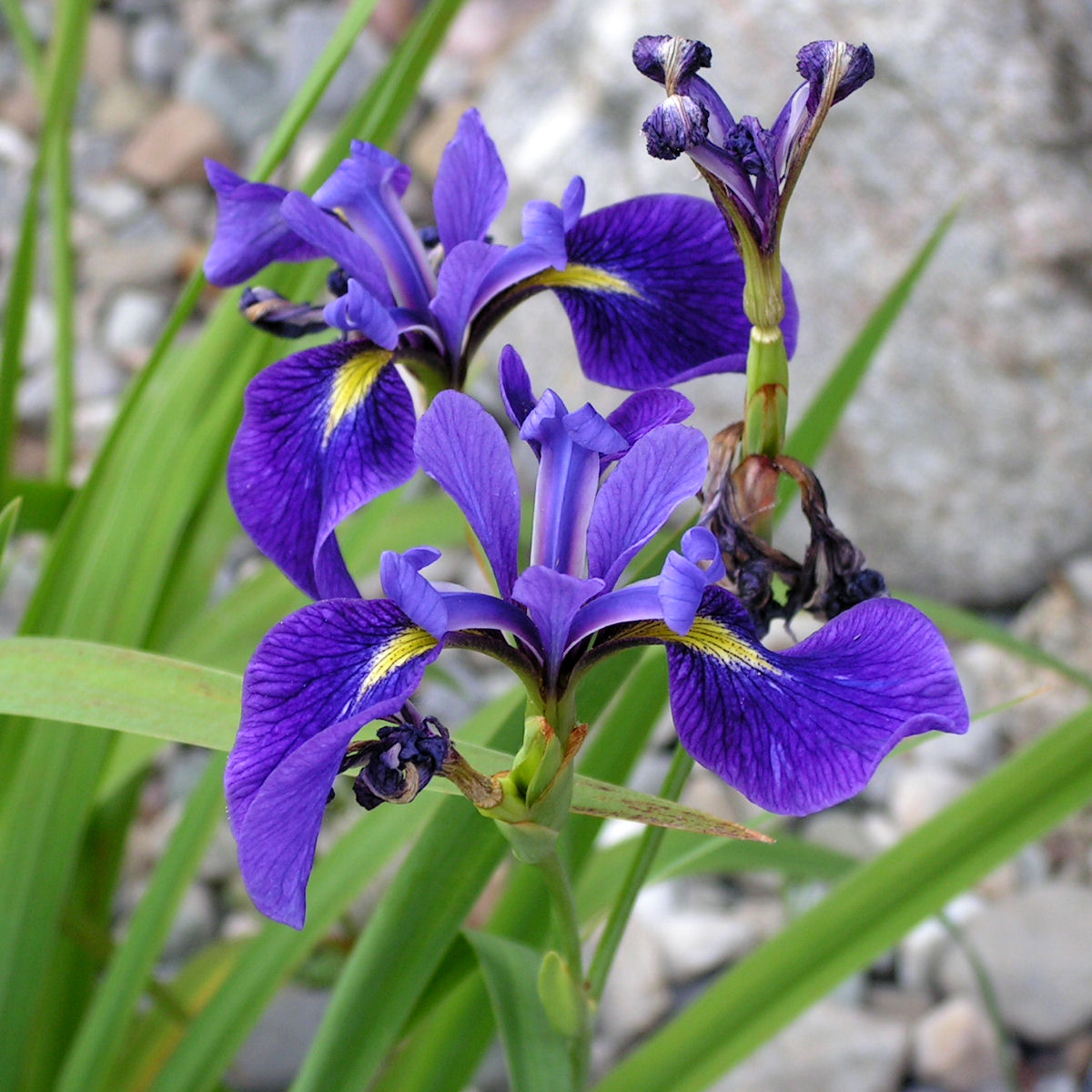When last I posted about the seed available for 2012, I focused my attention on the local "box" store, Farm & Fleet. While Farm & Fleet has a surprising variety of seed available through the Livingston Seed Company, I knew I needed to make it out to a "real" garden shop.
A couple of weeks ago, we noticed that Jung Garden Center was advertising that their 2012 seeds had arrived. It was time to pay Jung a visit. Along an entire wall of the store, one can find seed packets for a huge number of plants. Over three quarters of it is vegetable or herb seed; it's a fantastic selection if you are planning to grow your own food. However, this is not our current objective.
Annual and perennial seed packets make up the remaining quarter of the wall. Most of which was annual seed for a variety of invasive plants. The perennials which were available from Jung included invasive plants: like Delphinium, Fox Glove, and Hollyhocks. Jung also had some native plants as well like: Purple Coneflower, Butterfly Milkweed, and Missouri Primrose (this plant was unique to Jung). They have their own cultivar of Lupine, Tutti Frutti.
The real bonus to shopping at Jung is that they carry seed from the Prairie Future Seed Company. It's on a rotating stand and appeared to be fairly picked over, as I only found empty rungs for plants like Cardinal Flower and Joe Pye Weed. This rotating stand had seeds for a cornucopia of native plants including: Blazing Star, Ox Eye Daisy, Goldenrod, and Compass Plant. I picked up some seed incorrectly labeled "Turk's Cap Lily". The scientific name on the package is Lilium Michiganense which means it's actually Michigan Lily, and I picked up some Wild Columbine seed.
While Jung as a seed company isn't providing a lot in the way of native perennials on their own, at least they are catering to those who are interested by selling seed from Prairie Future. If you are looking at replacing your invasive plants, it's a good stand to check-out. The common and scientific names are posted with images of each plant. Selecting some native lilies and irises to replace invasive varieties is made simple, other than needing to start from seed. I'll post about my progress with the lily seeds some time later.
Blue Flag Iris

Michigan Lily

No comments:
Post a Comment